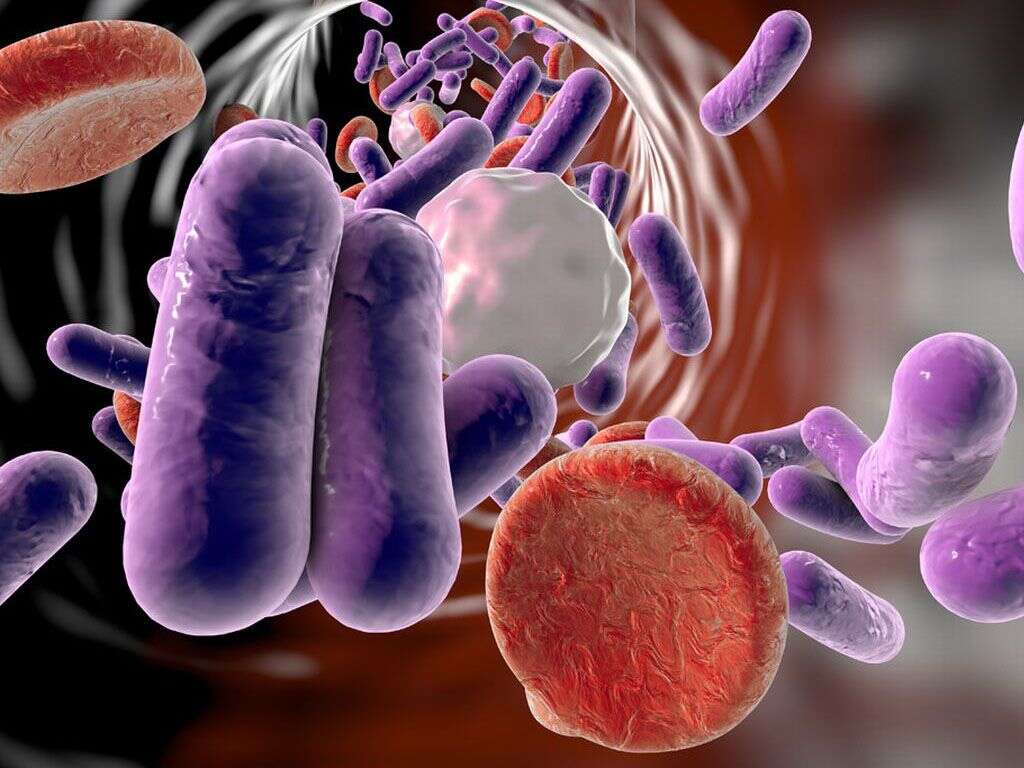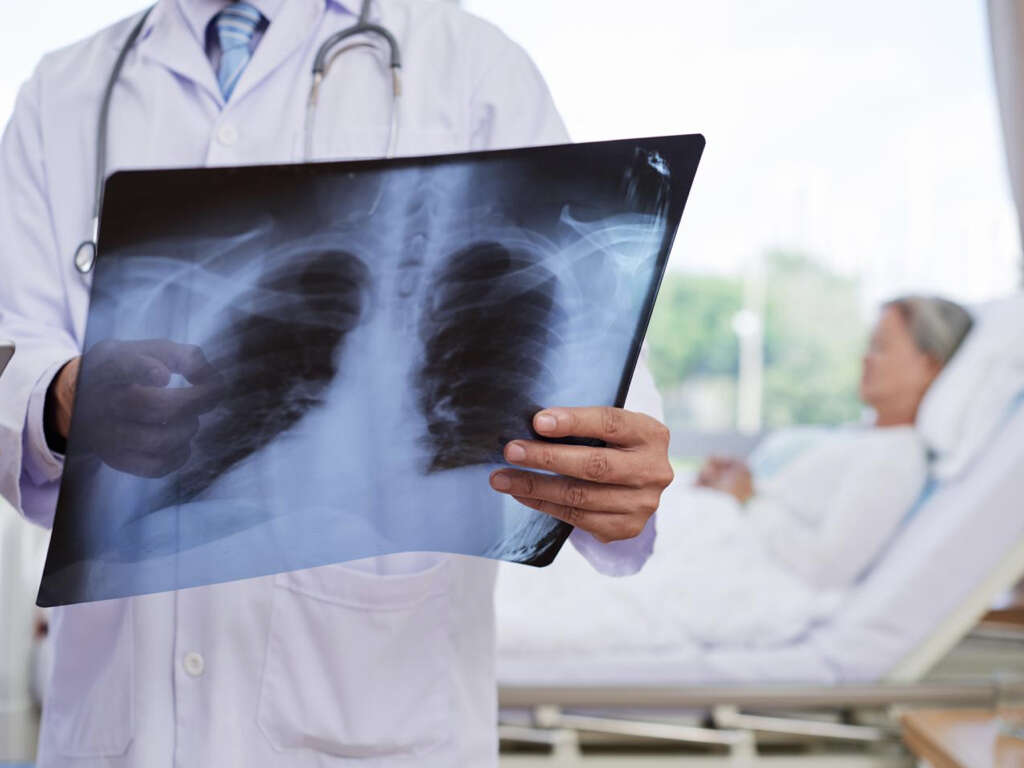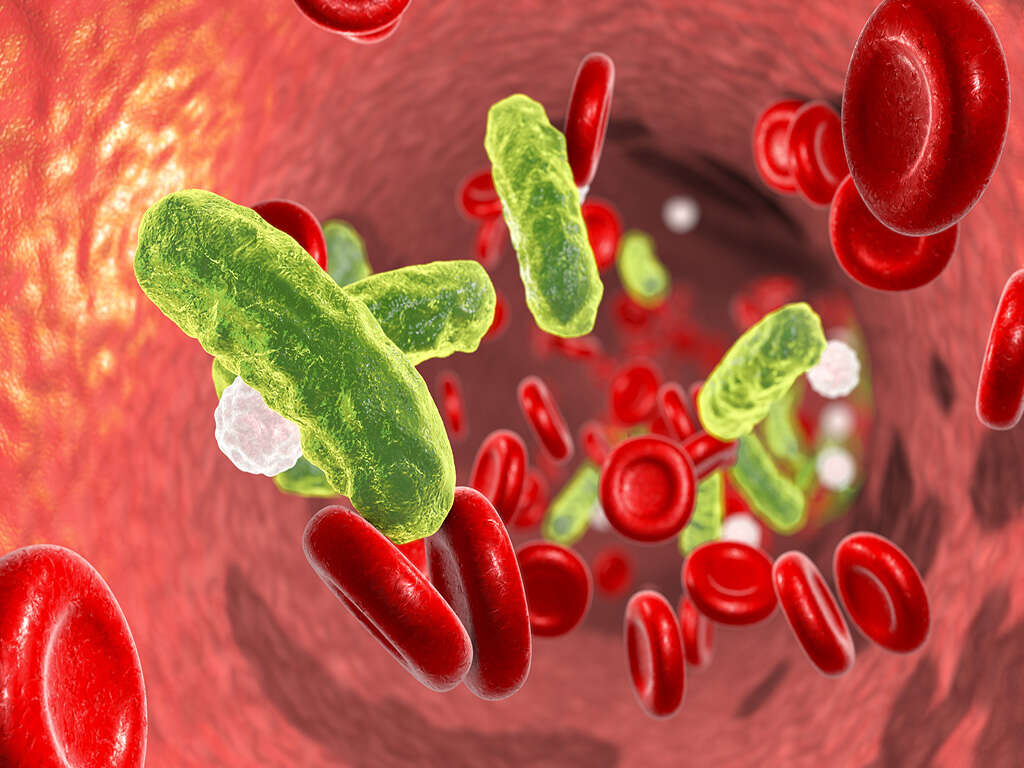What Is a Sepsis Infection?
Despite all the threats around us, most of us will not get ill often. This is because we have natural defenses that help to keep us safe. When we are exposed to pathogens, our bodies will often deal with them without us even being aware. The system doesn’t always work as smoothly as it should do, however.
The presence of a pathogen in the body can sometimes cause our immune system to react in a way that affects our own bodies negatively. The results of this can range from being mildly annoying, to downright dangerous. One of the more serious examples is sepsis, and it can be very dangerous indeed.

1. Overview
One way that our immune system helps to keep us safe from disease is with chemical warfare. Chemicals released by the body will help to kill intruders, but there should not be too many of them in the body. Sepsis is a condition where the chemical balances in the blood are out of balance.
Sepsis can affect just about anybody, although it is still thankfully a rare condition. It can be very dangerous, even life-threatening, but it can be treated in most cases. If it is suspected that somebody has sepsis then they should be found treatment as soon as possible.
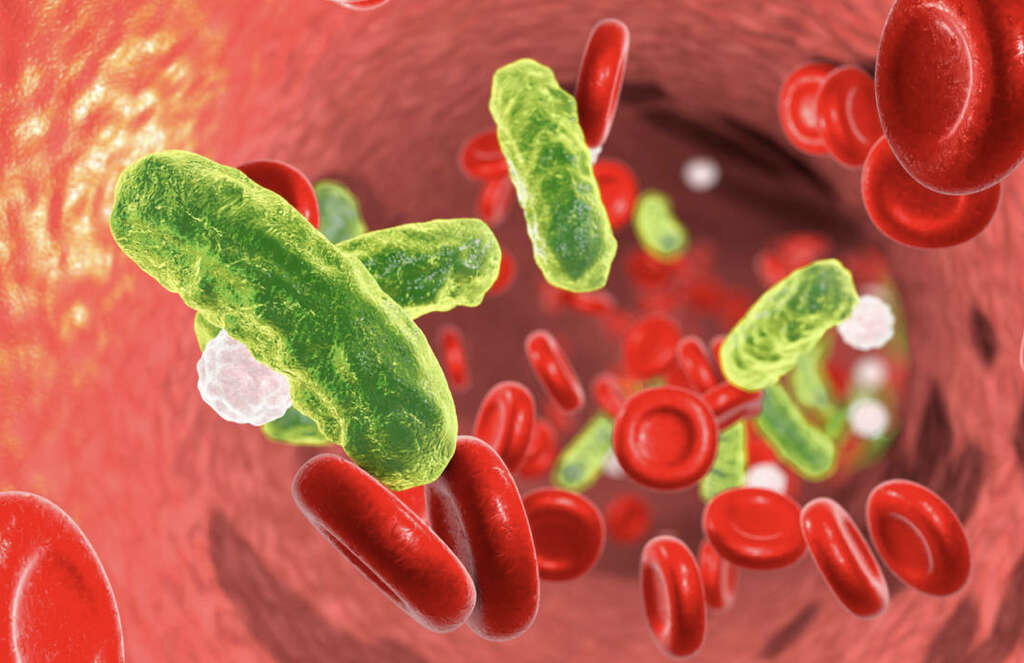
2. Causes
Sepsis will typically happen as a result of an infection somewhere in the body, and there are numerous pathogens that can be responsible for this happening. As mentioned, the immune system will react to the pathogen by releasing chemicals into the patient’s body, but sepsis means there are too many of these chemicals.
Of the infections that can lead to sepsis, pneumonia is among the most common. Another common cause of sepsis is bacteremia, which is an infection of the blood stream. Infections of the urinary system, including the bladder and kidneys, are also a potential cause. Sepsis is also sometimes caused by infections of the digestive system.
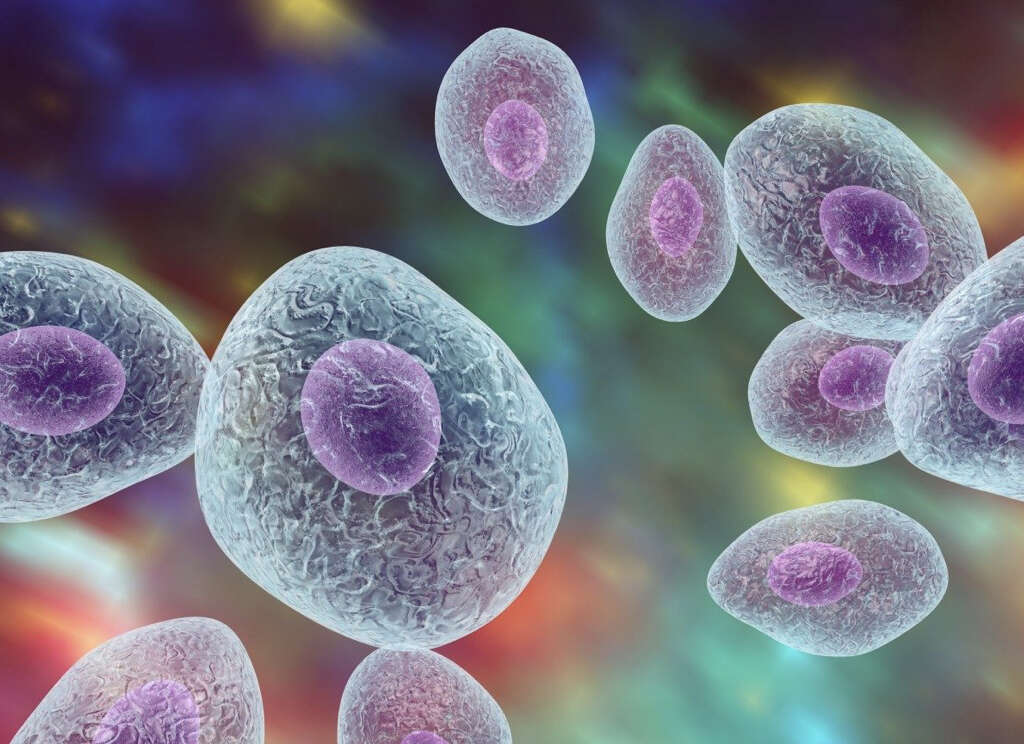
3. Mental Changes
The chemicals flowing through the patient’s body can cause them to develop changes in their mental state. When sepsis is present in older patients, for example, they are likely to become more confused and disorientated than they otherwise would be.
Other potential symptoms include anxiety and apprehension. In some cases, the patient will become less alert than they usually would be. Some will go into a comatose state. It is not clear why this happens, but a decreased flow of blood to the brain is one potential reason. Abnormal metabolism of amino acids is another potential cause of the symptom.

4. Systolic Pressure
When you’re told your blood pressure, you will be given two numbers. The first number is the systolic pressure, and the second number is the diastolic pressure. Patients with sepsis will have a lower than usual systolic pressure, which will be equal to or lower than 100 mm Hg.
Another symptom of a sepsis infection is that the patient will have a higher respiratory rate than usual. This basically means that the patient will be breathing faster, and they will be taking more than 22 breaths a minute. This happens because the blood cannot carry as much oxygen as usual, so the patient needs to breathe faster to compensate.
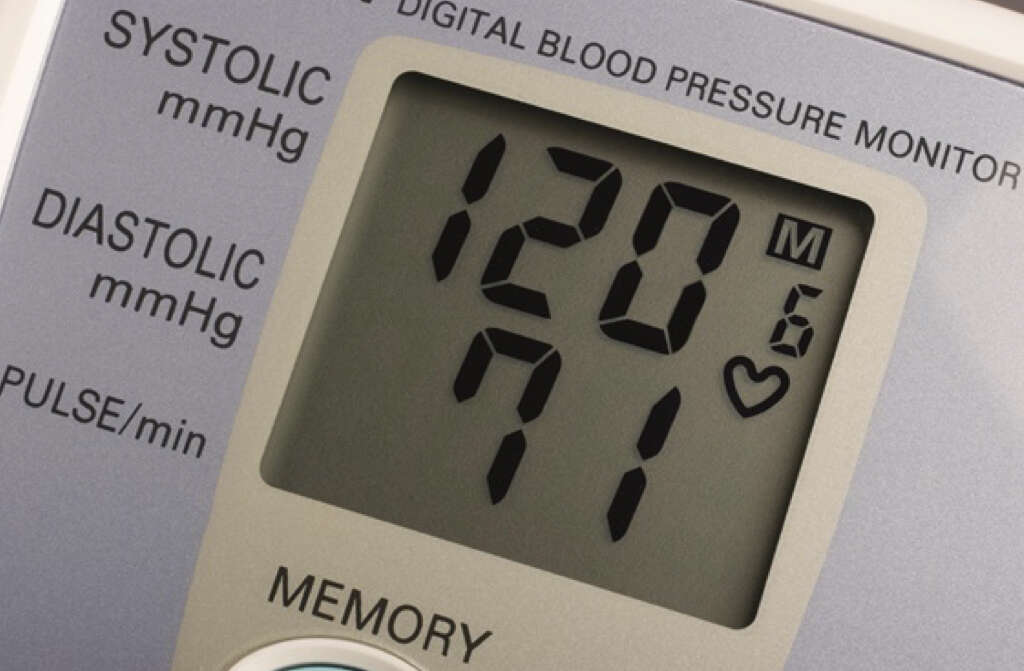
5. Gangrene
In addition to the symptoms mentioned, a sepsis infection can also result in some potentially severe complications. One of these is a potentially fatal condition known as gangrene. This condition happens because sepsis can alter the flow of oxygen around the body.
With the flow of oxygen reduced, so the body’s cells will be getting less of the gas than usual. In some cases, sepsis can cause blood clots and these can block the flow of blood completely. This will cause the cells to die, and affected areas can begin to decay. Gangrene can affect all parts of the body, including essential organs.

6. Septic Shock
A sepsis infection will also sometimes go on to cause a septic shock. This is a very dangerous condition that is caused when the patient’s blood pressure drops to dangerous levels. With a low blood pressure, the organs are not being supplied with the oxygen that they need, and this can cause them to fail.
More than half of people that develop septic shock will die. The people that are treated for the condition sooner will have a better chance of survival. Treatment will tend to involve antibiotics and medication to help increase blood pressure. The patient will also likely need to be put on a drip to keep them hydrated, and a ventilator may be necessary to help them breathe.
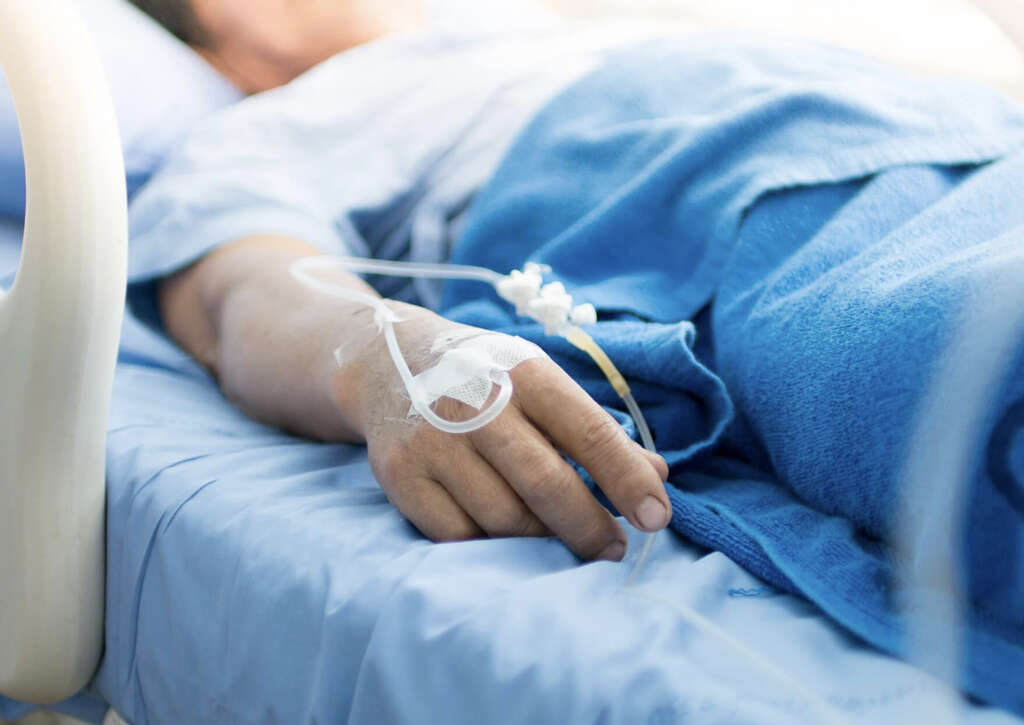
7. Who’s At Risk
Anybody can develop sepsis, but some people are more prone to the condition that others. Those in the highest risk categories include those that are very old or very young. Patients that have cirrhosis or diabetes are also in a higher risk category, as are people that have a weakened immune system.
Other potential causes include the patient having devices such as breathing tubes inserted into their body. People with serious injuries are also in a higher risk bracket, as are people that are already seriously ill. Not only are these people more likely to develop sepsis, but there is also a higher chance that the condition will be serious.
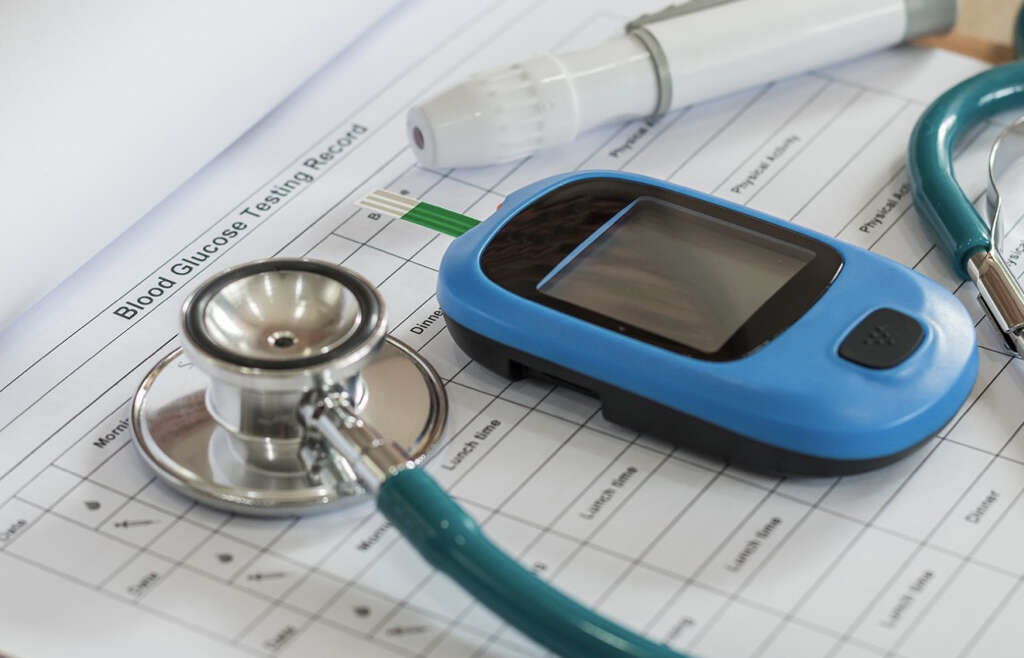
8. Prevention
There is no way that we can keep ourselves completely protected against a sepsis infection. Despite this, it is possible to take precautions that will help to make us a lot less likely to develop the condition. One of these is to help ensure that you are fully vaccinated to help reduce the likelihood of serious infections developing.
Another way to prevent a sepsis infection is to treat any infections as soon as they develop. This includes smaller infections because even small infections can develop into something more serious. Practicing good hygiene standards is also beneficial, and this includes washing your hands regularly.

9. Diagnosis
Sepsis will need to be diagnosed quickly if it is suspected. There are several ways of checking for the condition, one of which is to take a blood sample. This sample can then be used to help look for the different signs of sepsis. These signs include evidence of an infection, lower oxygen levels, and imbalances in electrolyte levels.
Different imaging methods may also be used to help diagnose the condition. They can be used to help experts get an image of the patient’s organs to look for signs of a sepsis infection. Doctors can also use urine checks to look for signs of the disease, as well as respiratory secretions, and fluids from any wounds the patient might have.
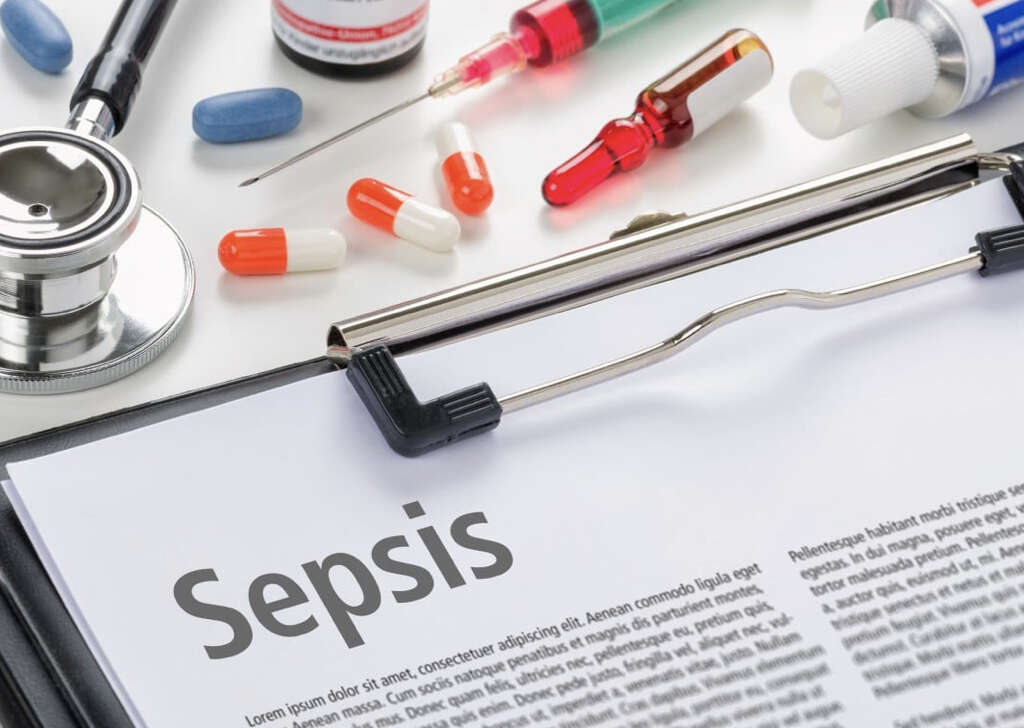
10. Treatment
It is important to ensure the patient is treated as soon as possible to help ensure their survival and increase the chances of a full recovery. The patient will also likely need to be admitted to a hospital if they are not in a hospital already. Treatment will typically involve antibiotics that will help to deal with any bacterial infections in the body.
Medication will also likely be provided to help stabilize the patient’s blood sugar levels and blood pressure. Dialysis is also sometimes necessary, and the patient may also need to be put on a ventilator. They will need to be monitored closely for signs of septic shocks and other serious complications.





